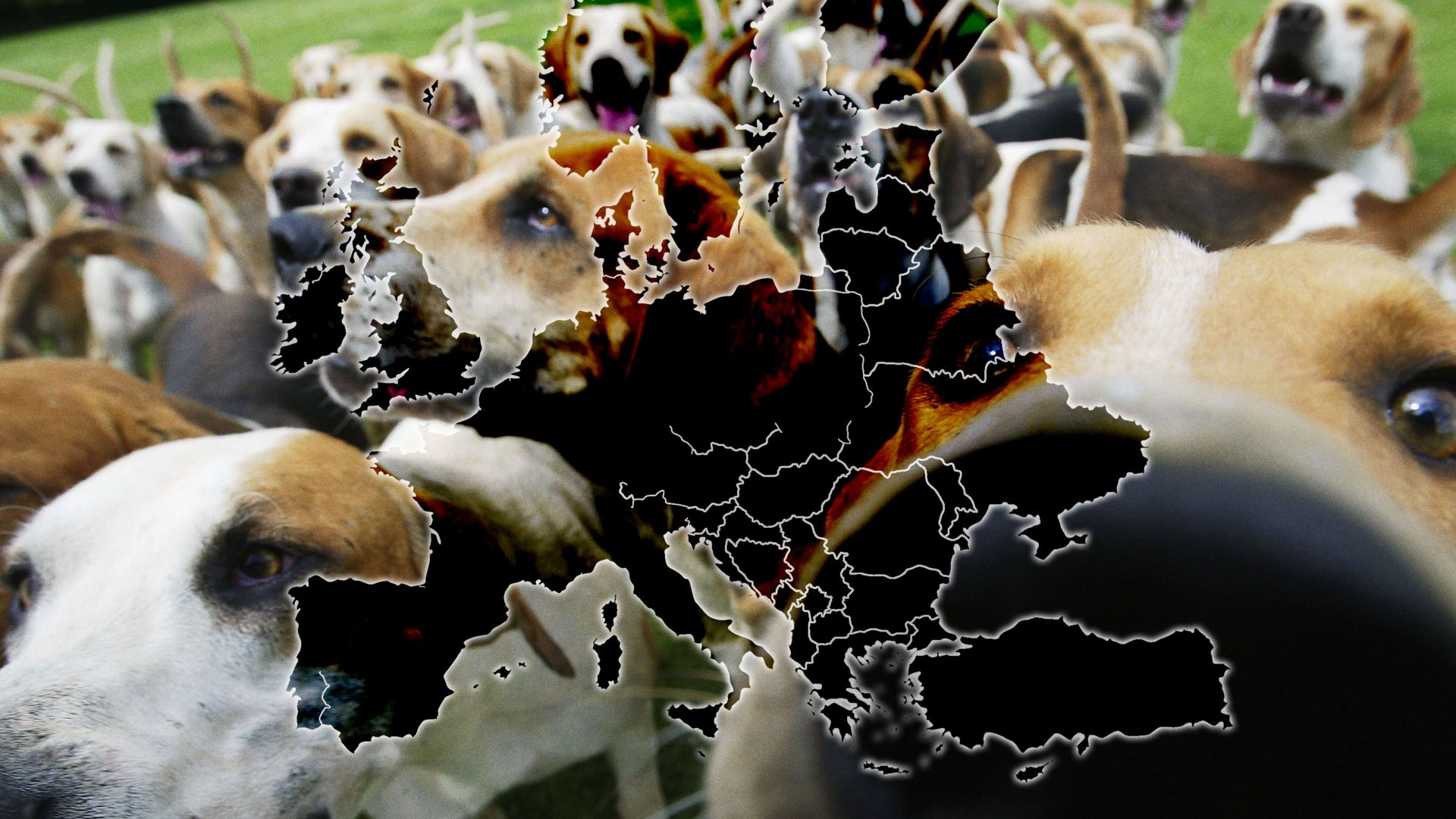UK
The most recent statistics available (for 2021/22) reveal that 62% of homes in the self-styled nation of animal lovers contain a pet, with an 18% increase over the previous year being attributed to lockdowns. Dogs are Britain’s favourite pets (34% of homes), followed by cats (28%) and then, way down, indoor birds (2.9%). Contrary to well-worn cartoons of the north, just 0.2% of people keep ferrets. A 2020 survey asking British owners why they had a dog found 51% replying: “because they make me happy”.
Germany
Approximately 45% of all German households have a pet, with the figure rising to 61% of those homes with children. Cats reign supreme in Germany, with around 14.7 million felines in 23% of households compared to 10.1 million dogs in 20% of homes. This may be because cats involve less bureaucracy: dog owners pay a Hundesteuer (dog tax, although it’s more a licensing scheme) ranging from £21-105 depending on breed and where you are in the country. Berlin is particularly expensive – and has also pioneered a £88 Hundeführerschein (literally, dog driving licence) if you want to walk your dog off the leash.
France
The percentage of the French population owning at least one cat or one dog was 33% and 20% respectively in the most recent figures available, meaning the country has 15.1 million and 7.5 million of the pets. That’s not much less than in 1990 when the New York Times published an article headlined “French Love For Animals: Too Fervent?”, stressing: “Sociologists worry that what is confused for animal love is, in many instances, animal exploitation or an expression of the owner’s vanity”. To be fair, actor turned-animal activist Brigitte Bardot was then at the peak of her influence – and she claimed to keep a cow in her living room.
Belgium
Belgium has had one of the biggest growths in pet ownership in the last few years – more than half (53%) own a pet in 2022, contrasting with just 10% in 2018. According to trade association Comeos, 1.3 million pet owners now own 1.6 million domestic dogs, with the Chihuahua the most popular breed, followed by Maltese and Shih Tzu. A study last year found Belgian pet owners were found to be happier than average people without pets compared to other countries, and to show just how happy they are, Belgians spend around £1,100 per year on their pets.
Spain
Dogs also rule in Spain, with a broadly steady 27% of Spanish households owning at least one canine. Cat ownership has fluctuated quite a bit, though, falling to 11% in 2019 – down from 21% in 2010 – before picking up again in 2021 to reach 16%. Spaniards also keep as pets 5.3 million birds and 4 million fish, but don’t think about taking on a bullfrog, Galapagos turtle, Argentine parrot, raccoon or porcupine – owning any of these as a pet can lead to a fine of up to a massive £1.75 million.
Sweden
The proportion of Swedes owning a cat or a dog are the same at just 16%, although dogs have more of a pull on the public imagination – rather than talking of books and their covers, the Swedish phrase is “one should not judge a dog from its fur”. In fact, Sweden is a pretty good place to be a dog: by law, they must be taken out for a walk at least every six hours (dog daycare centres have sprung around the country) while if they are kept indoors, they must have a view of a window which allows sunlight. Curiously, the sound Swedes make when impersonating a dog is “vov-vov” (and VOV is the country’s most popular dog food).
Netherlands
The Netherlands is a cat country – while 18% of Dutch households own a pet dog, cats are even more popular. Out of every four households in the Netherlands, one has a pet cat, meaning there are 3.2 million pet cats in the country compared to 1.9 million dogs. Additionally, one in 10 households keeps fish. Research last year by trade association Dibevo and the Dutch Petfood Industry Association revealed that “the main reason for pet parents to get a dog is because of cosiness”.
Poland
Poles have a long-standing tradition of keeping pets in their houses dating back to the Polish kings, with King John III Sobieski looking after a small zoo in Wilanów and King Stanisław August Poniatowski having a favourite dog, Kiopek. These days 52% of Poles have some sort of a pet in their household – mainly dogs – possibly inflated by the fact the country has a large rural population, where cats and dogs are traditionally kept in farm buildings.
Italy
A quarter of Italian households own at least one dog, broadly in line with the European average, although cat ownership, at 21%, is five points lower than the norm. The dog population in Italy amounts to approximately 8.7 million (excluding strays), making it one of the largest in the EU, and while the number of pet dogs remained stable between 2014 and 2019, it increased steadily in the following two years as, like elsewhere, Italians turned to canine company during strict lockdowns.



